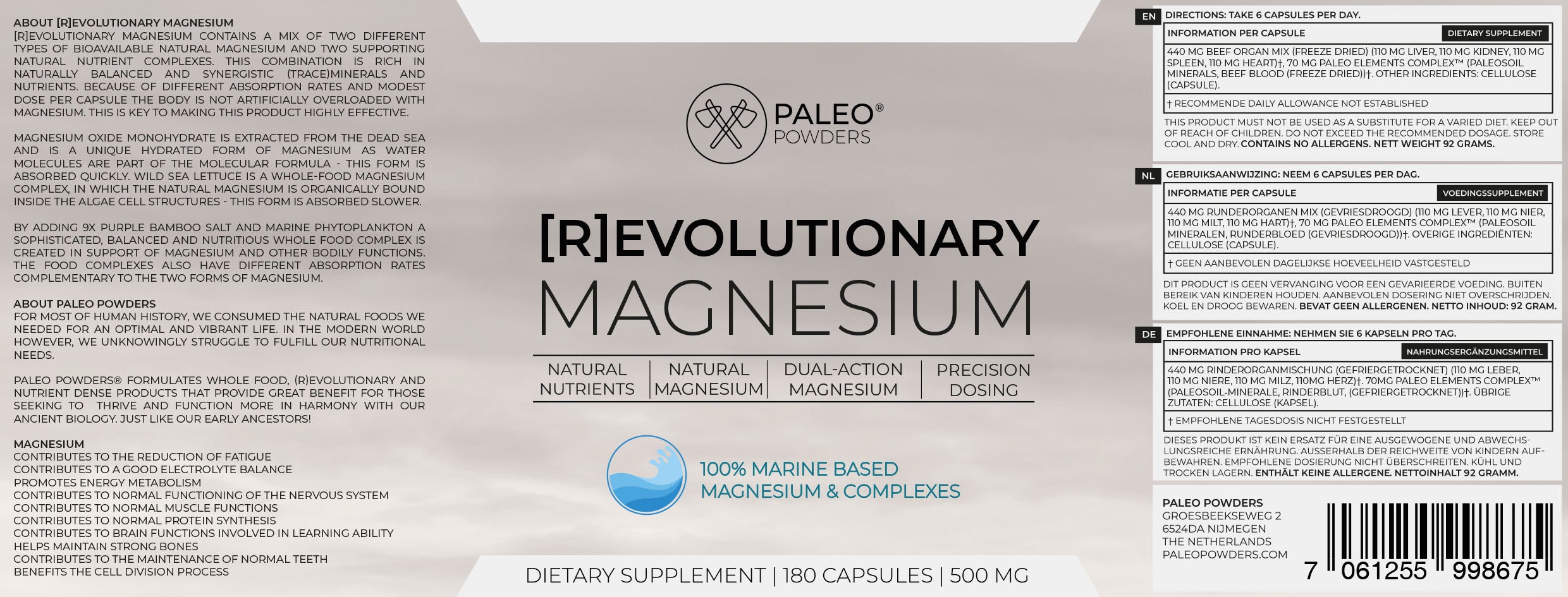
The Aquatic Ape Theory
In the era of our ancestors, fish and seafood were an important food source. They contain essential nutrients such as omega-3 fatty acids, proteins, vitamins and minerals. In addition, they are a good source of protein, which is essential for the construction and repair of tissues. An interesting theory arises from this; The Aquatic Ape Theory
The Aquatic Ape Theory posits that during this semi-aquatic phase, our ancestors regularly lived in the water, feeding on fish, crustaceans, and other seafood, and relying on wetland environments. This would have led to several evolutionary changes and adaptations to the body.
Some characteristics and adaptations attributed to the Aquatic Ape Theory include:
Omega-3 fatty acids, especially DHA, play a crucial role in brain development and function. DHA is an important structural component of the cell membranes in the brain and supports the growth and functionality of neurons. It is also associated with the development of cognitive functions, including memory, concentration and learning ability.
According to some proponents of the Aquatic Ape Theory, eating a diet rich in fish and seafood, which naturally contain high concentrations of omega-3 fatty acids, may have contributed to the evolution of the human brain. The idea is that during the supposed semi-aquatic phase, our ancestors regularly consumed fish and seafood, providing them with enough DHA to support brain development and growth.
Would you like to add fish and seafood to your diet? Here are some practical tips:
The Aquatic Ape Theory posits that during this semi-aquatic phase, our ancestors regularly lived in the water, feeding on fish, crustaceans, and other seafood, and relying on wetland environments. This would have led to several evolutionary changes and adaptations to the body.
Some characteristics and adaptations attributed to the Aquatic Ape Theory include:
- Bipedalism (upright walking): The theory suggests that living in watery environments promoted the evolution of upright walking. The water would have provided a supportive environment in which our ancestors could gradually walk upright.
- Hair Loss: Another notable feature is the reduced body and facial hair in humans compared to other primates. The theory goes that this may be due to an adaptation to life in water, where less hair can be beneficial for swimming and diving.
- Underwater Vision: The Aquatic Ape Theory suggests that our ancestors adapted to seeing underwater. This would have been useful in finding food and navigating wetland environments.
Omega-3 fatty acids, especially DHA, play a crucial role in brain development and function. DHA is an important structural component of the cell membranes in the brain and supports the growth and functionality of neurons. It is also associated with the development of cognitive functions, including memory, concentration and learning ability.
According to some proponents of the Aquatic Ape Theory, eating a diet rich in fish and seafood, which naturally contain high concentrations of omega-3 fatty acids, may have contributed to the evolution of the human brain. The idea is that during the supposed semi-aquatic phase, our ancestors regularly consumed fish and seafood, providing them with enough DHA to support brain development and growth.
Would you like to add fish and seafood to your diet? Here are some practical tips:
- Choose oily fish such as wild salmon, mackerel, sardines and herring, as these contain the highest concentrations of omega-3 fatty acids.
- Go for wild fish instead of farmed fish,
- If you're not a fan of fish, consider taking cod liver oil or omega-3 supplements such as krill oil to supplement your diet.











